Enzo Fittipaldi strapped into NTT INDYCAR SERIES machinery for just the third time in his career Wednesday, Oct. 14.
He completed a full day of testing in the No. 7 Arrow McLaren Chevrolet during a private session at Sebring…

Enzo Fittipaldi strapped into NTT INDYCAR SERIES machinery for just the third time in his career Wednesday, Oct. 14.
He completed a full day of testing in the No. 7 Arrow McLaren Chevrolet during a private session at Sebring…

Unlock the Editor’s Digest for free
Roula Khalaf, Editor of the FT, selects her favourite stories in this weekly newsletter.
Prince Andrew is to give up a series of royal titles including Duke of York immediately amid continuing controversy over…
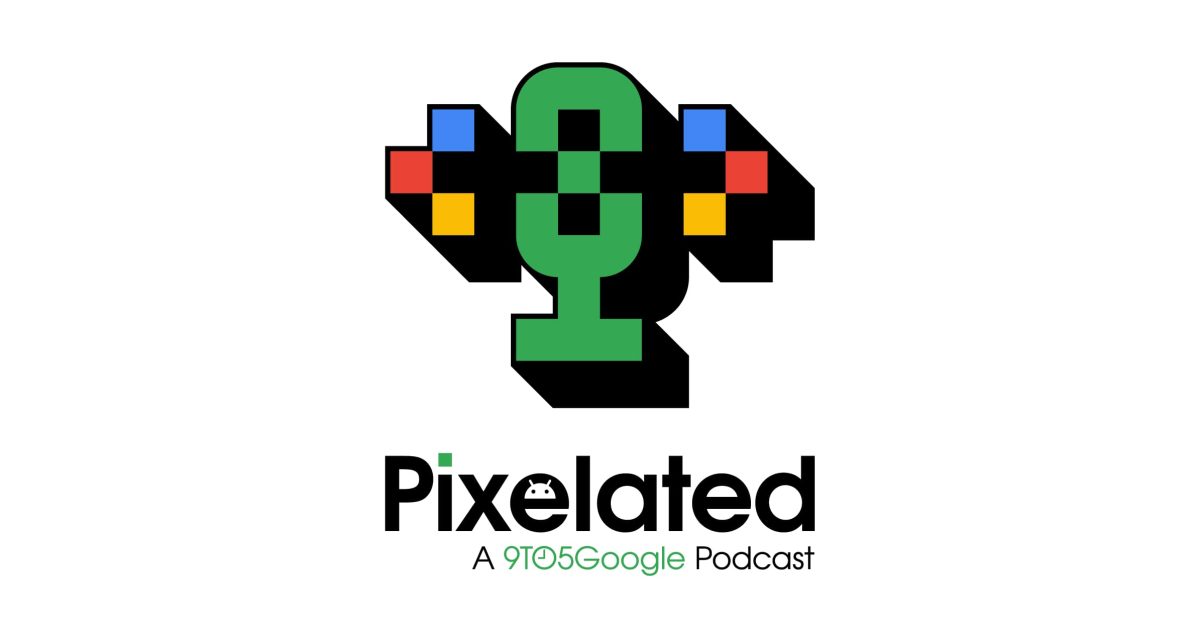
Welcome to episode 74 of Pixelated, a podcast by 9to5Google. This week, Abner, Damien, and Will turn their attention to the rumored cancellation of next year’s Galaxy S26 Edge. The trio discuss what this means for the S25 Edge’s…

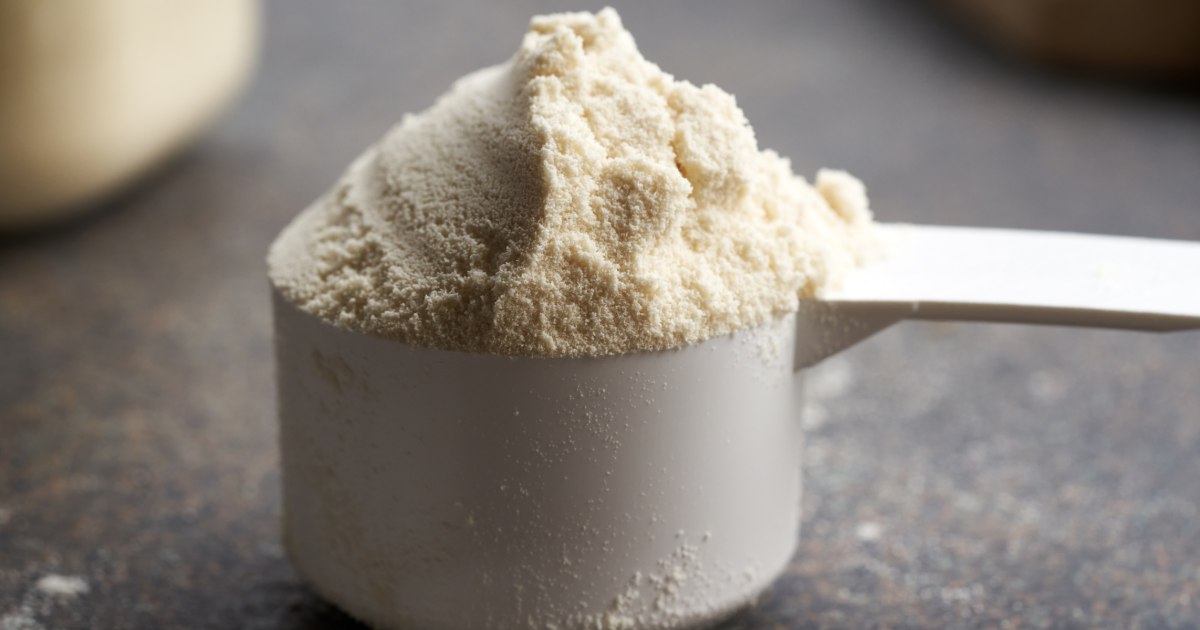
When it comes to nutrition trends, protein is having a major moment. Walk down the aisle of any grocery store and you can find protein-infused popcorn, yogurt, ice cream and more. And, of course, there are plenty of protein powders and shakes to buy. If you rely on the latter to get more protein into your diet, you’ll want to pay attention: Recently, Consumer Reports launched an investigation to look into what those powders and shakes actually contain. The results: Of the 23 brands it tested, more than two-thirds contained more lead than food safety experts say is safe to consume in one day.
Before rushing to throw out all the protein products currently in your pantry, read on to learn more about what this news really means — including how concerned you need to be.
Consumer Reports tested 23 protein powders and ready-to-drink shakes. Through this testing, it was found that approximately two-thirds of those tested contain more lead in a single serving than experts say is safe, which is under 0.5 micrograms a day. Some even had up to 10 times the recommended daily intake, according to the report.
Of all of the protein powders and shakes tested, plant-based options had, on average, much higher levels of lead than those that were dairy or animal-based. The dairy-based protein products had the lowest amount of lead, but several still had high enough numbers that experts from Consumer Reports advised against using them daily. NBC Select has not independently verified these findings.
According to the World Health Organization (WHO), consuming high levels of lead can impact your body in various ways and is considered to be harmful. Once lead is consumed, it is distributed to various organs — including the brain, kidneys and bones. High levels of lead exposure have been connected to anaemia, hypertension, renal impairment, cardiovascular issues and more, according to WHO.
As mentioned, Consumer Reports tested 23 protein powders and ready-to-drink shakes. Based on the results, it sorted the tested items into three categories: what you should avoid, what you should limit and what its experts deemed safe to consume. NBC Select has not independently verified these findings.
Those results can be found below:
We reached out to all 23 of the manufacturers with protein powders and shakes that were deemed not safe for daily consumption by Consumer Reports. At the time of publication, six companies responded to our request for comment.
Here’s what they said:
Garden of Life: “At Garden of Life, we carefully select ingredients to meet our high standards for quality and safety in order to ensure that our products are safe. Certain substances, such as heavy metals, commonly occur in the environment in soil and water. This may result in low levels of heavy metals in agricultural raw materials. Garden of Life products are tested for heavy metals, and the levels are below established food safety thresholds.
All of our products are safe to consume and consistently adhere to our own and established government standards and food safety guidance. We can assure that our products are safe for daily use because we apply this food safety guidance as our product release criteria.”
Huel: “We are extremely disappointed by this report, which the NPA described here as ‘alarmist, misleading and unscientific’ and the CRN have described here as creating a ‘misleading impression of risk.’ We have responded in this article in full.
Trace minerals such as lead occur naturally in our planet and so are found in soil, water and plants. For context, a meal of sausages, potatoes, cabbage and carrots can contain around 5 micrograms (µg) of lead, and most adults consume between 20 and 80 micrograms (µg) per day from normal foods. Huel is no different from everyday meals in this respect.
The Consumer Reports article is based on California’s Proposition 65, which uses an ultra conservative threshold of 0.5 micrograms (µg) of lead per day. California rules divide the observable effect limit by 1000 to allow a margin for error. For comparison, the EU benchmark is 270 micrograms (µg) per serve.
It is important to understand that the Consumer Reports approach reflects a uniquely cautious regulation rather than an internationally accepted measure of consumer safety.
Over the past three years, we have carried out 17 independent tests on Huel Black Edition powder alone, with results consistently showing lead levels between 1.5 and 2.2 micrograms (µg) per 90 g serving. These results are well within all recognised safety limits. Huel has also recently been accredited by NSF, the gold standard for product safety and quality, and the most recent NSF report showed undetectable levels of lead (‘non-detectable’ at their 3.6 microgram (µg) tolerance). It is important to note that we are talking about miniscule variations here of 2 millionths of a gram versus 6 millionths of a gram.”
Kos: “Please note that all KOS products are third-party tested in accordance with USDA Organic and FDA standards…Traces of metal and lead are found within the natural environment, and we do our best to filter them out as much as possible.”
Momentous: You can find a full statement from the brand here. A spokesperson for the brand also told us: “[The] Momentous products tested have been discontinued and are no longer commercially available. Momentous began selling its latest formulation for both Whey and Plant proteins earlier this year, with v1 products (used for the report) being fully sunsetted in all channels by March 2025.”
Orgain: “At Orgain, we carefully select ingredients to meet our high standards for quality and safety in order to ensure that our products are safe. Certain substances, such as heavy metals, commonly occur in the environment in soil and water. This may result in trace amounts being present in agricultural ingredients — such as plants, grains and other raw materials — that go into our products. Orgain products are tested for heavy metals, and the levels are below established food safety thresholds.
Our products are safe to consume and consistently adhere to our own and established government standards and food safety guidance. We can assure that our products are safe for daily use because we apply this food safety guidance as our product release criteria.”
Optimum Nutrition: “We share Consumer Reports’ commitment to consumer safety. All our Optimum Nutrition and BSN products are made in compliance with the FDA’s Good Manufacturing Practices, and we hold ourselves to even higher standards.
We test for heavy metals in the raw materials we use, formulate products so they are compliant with California Prop 65 criteria (among the strictest in the world), and test finished products through accredited third-party labs.
The health and safety of our consumers is our top priority. We’re pleased to see that Consumer Reports recommends our Optimum Nutrition Gold Standard Whey and BSN Syntha-6 as ‘better choices for daily consumption’.”
Through its testing, Consumer Reports identified the below seven protein powders and shakes that contain low enough levels of lead for experts to consider them safe for daily consumption.
This chocolate ready-to-drink shake is plant-based and contains 32 grams of protein in one bottle, according to the brand. The formula is sugar-free and contains 9 amino acids., which can help with energy, according to Owyn. I’ve had this drink on a handful of occasions and find it to have a pleasantly sweet chocolate taste. The consistency is on the thicker side, so if that bothers you, you may want to skip.
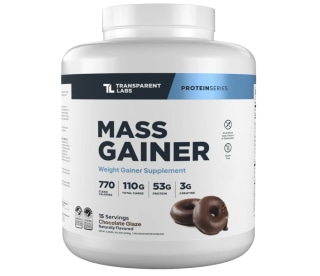
This protein powder is intended for those trying to gain muscle. It has 53 grams of grass-fed protein, 110 grams of carbs and 15 grams of health fats, according to the brand. It also contains creatine, which can help with muscle gain and post-workout recovery, according to Transparent Labs.
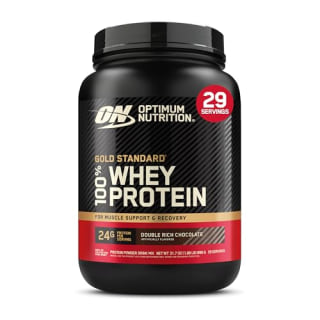
Made from whey, this protein powder has 24 grams of protein for 120 calories per serving. You can use it before a workout, as a meal replacement or in between meals. Reviewers like the rich chocolate flavor and find that it dissolves easily in liquid.
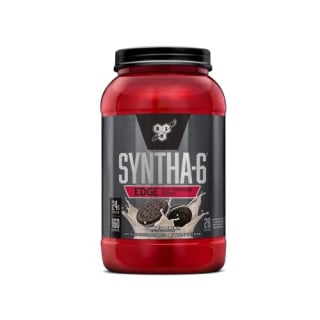
This powder is made from whey and has 24 grams of protein and two grams of sugar in a single serving. Reviewers note that the cookies and cream flavor tastes like a milkshake. You can drink it by simply mixing it with water or milk or mix it into a smoothie or oatmeal.
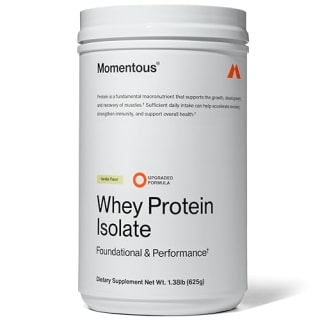
The protein in this powder is sourced from grass-fed European dairy cows, according to the brand. It has 20 grams of protein per serving and is free from soy. A 1.4-pound tub has 25 servings and you can choose from vanilla, strawberry, chocolate or unflavored.
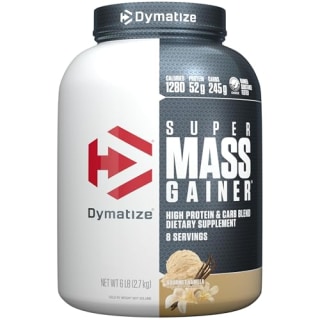
Another option for those looking to pack on muscle, this powder is calorie-dense and has 52 grams of protein in a single serving. It also has creatine to support muscle growth and vitamins A, C and E for overall health, according to the brand.
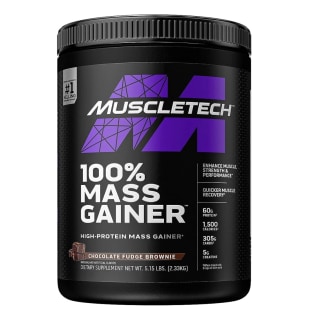
Bethany Heitman is a weekend editor at NBC Select and a journalist who regularly reports on recall alerts — including recalls surrounding air conditioners and hand soap. She also commonly covers common questions pertaining to health and wellness — like whether plastic baby bottles are safe.
Catch up on NBC Select’s in-depth coverage of tech and tools, wellness and more, and follow us on Facebook, Instagram, Twitter and TikTok to stay up to date.
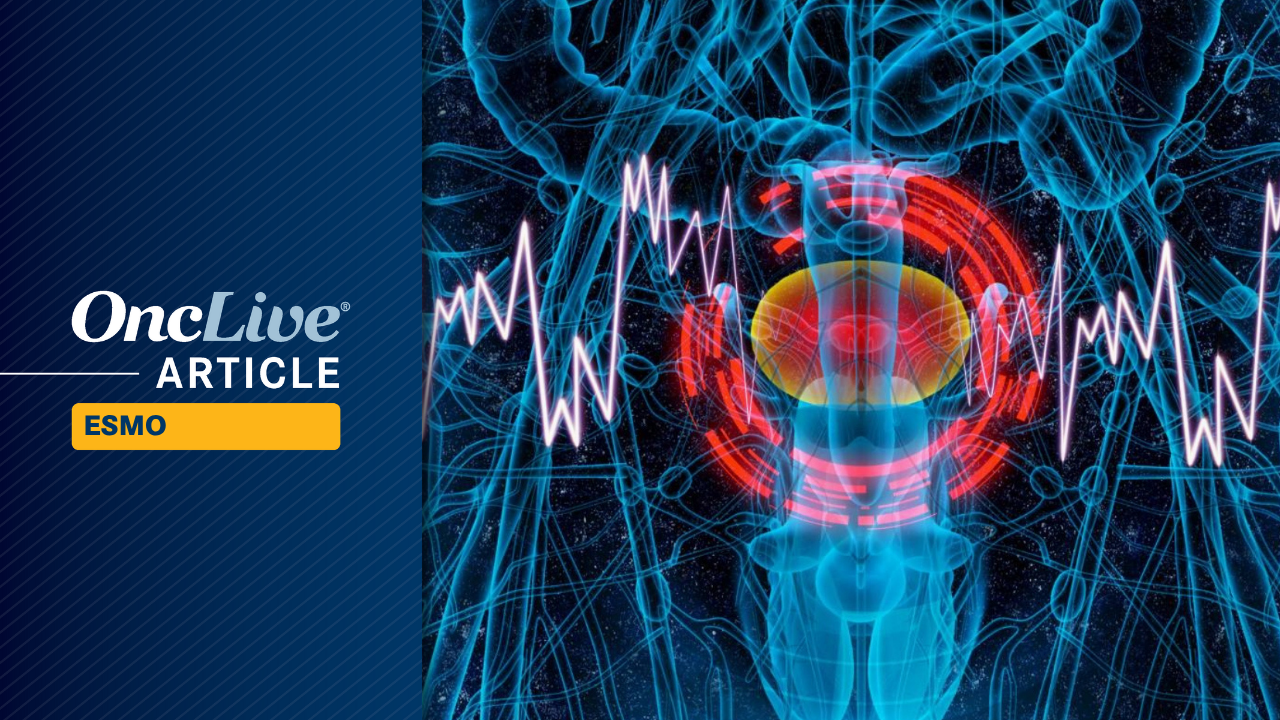
Neoadjuvant treatment with gemcitabine intravesical system (TAR-200; Inlexzo) plus cetrelimab led to a high pathologic complete response (pCR) rate and recurrence-free survival (RFS) rates in patients with muscle-invasive bladder cancer (MIBC), according to data from the primary analysis of the phase 2 SunRISe-4 study (NCT04919512).1
The findings, which were shared during the
“At the primary analysis of SunRISe-4, neoadjuvant gemcitabine intravesical system plus cetrelimab showed a high pCR rate and 12-month RFS rate, supporting further investigation of the combination in MIBC,” Andrea Necchi, MD, said in a presentation of the data. “Exploratory urinary tumor DNA [utDNA]/circulating tumor DNA [ctDNA] minimal residual disease [MRD] results support further investigation as predictive biomarkers for residual disease after neoadjuvant therapy in MIBC.”
Necchi is an associate professor at Vita-Salute Raffaele University and the head of genitourinary medical oncology at IRCCS San Raffaele Hospital and Scientific Institute in Italy.
For patients with MIBC, standard treatment is radical cystectomy with neoadjuvant cisplatin-based chemotherapy or chemoradiation in select cases; however, up to half of patients are not candidates to receive cisplatin or they refuse to receive it. These patients receive standard-of-care immediate radical cystectomy. In those who are undergoing radical cystectomy, it is known that pathologic stage represents a prognostic factor for survival.
Necchi reported that with radical cystectomy alone, patients will achieve pCRs ranging from 10% to 15%; with neoadjuvant cisplatin-based chemotherapy, these rates range from 26% to 42%. Those who receive checkpoint inhibition in the neoadjuvant setting experience pCRs ranging from 31% to 37%. Patients who received neoadjuvant chemotherapy and experienced pCR experience lower risk of death and risk of recurrence than those who have residual disease. As such, “there is a need for effective and more tolerable treatment options for patients with MIBC who are candidates for radical cystectomy but neoadjuvant cisplatin-based chemotherapy,” he underscored.
The multicenter, open-label, parallel cohort, phase 2 study enrolled patients with histologically confirmed cT2 to T4a N0M0 MIBC who had predominant urothelial carcinoma histology. They were at least 18 years of age, had an ECOG performance status of 0 or 1, were not eligible or were refusing cisplatin-based chemotherapy, and were scheduled to undergo radical cystectomy.
Patients were randomized 5:3 to cohort 1 (n = 101) or cohort 2 (n = 58). Those in cohort 1 received TAR-200, so 225 mg of gemcitabine every 3 weeks (Q3W) indwelling for 12 weeks plus cetrelimab at 360 mg Q3W for 12 weeks. Those in cohort 2 received 360 mg of cetrelimab Q3W for 12 weeks. After 4 cycles of treatment, patients underwent radical cystectomy at week 12. They then entered into follow-up.
Stratification factors included visible residual disease at transurethral resection of bladder tumor (complete vs incomplete) and tumor stage at time of MIBC diagnosis (cT2 vs CT3 to 4a). The primary end point of the study was pCR rate (ypT0N0), and secondary end points included RFS and safety. Exploratory end points comprise pOR (≤ypT1N0), overall survival, time to symptomatic progression, quality of life, pharmacokinetics, and biomarker analysis.
During the ESMO Congress, Necchi shared findings from the primary analysis of the study, as well as data from exploratory biomarker analyses of utDNA and ctDNA MRD. He noted that “side-by-side descriptive summary of efficacy was conducted, and no statistical hypotheses were tested to compare cohorts.”
The median patient age in cohort 1 was 74 years (IQR, 69-77) and 69 years (IQR, 64-74) in cohort 2. Most patients were male (85.1%; 79.3%), White (71.3%; 74.1%), from Western Europe (40.6%; 43.1%), former nicotine users (50.5%; 58.6%), had an ECOG performance status of 0 (82.2%; 77.6%), and stage T2 disease at initial diagnosis (78.2%; 84.5%).
Additionally, 11.9% of those in cohort 1 and 15.5% of those in cohort 2 previously received intravesical therapy; 18.8% and 13.8% of patients had residual disease. In cohort 1, 50.8% of patients had a low PD-L1 status and 49.2% had high PD-L1 status; in cohort 2, these rates were 74.2% and 25.8%. Moreover, 21.8% of those in cohort 1 and 27.6% of those in cohort 2 had urothelial carcinoma with variant histology. In cohort 1, 45.5% of patients were ineligible for neoadjuvant cisplatin-based chemotherapy and 54.5% refused; in cohort 2, these respective rates were 37.9% and 62.1%.
At baseline, 81.8% of patients with visibly complete transurethral resection of a bladder tumor (TURBT) were utDNA MRD positive; 83.3% of those with visibly incomplete TURBT were utDNA MRD positive at baseline.
The proportion of patients who were utDNA MRD-positive was reduced after 12 weeks of neoadjuvant treatment, irrespective of treatment. Specifically, in cohort 1, 77.8% of patients were utDNA MRD-positive at baseline, and this percentage dropped to 50.0% at week 12; in cohort 2, 90.9% of patients had utDNA positivity at baseline, and this rate dropped to 55.6% at week 12. No meaningful differences were noted between the cohorts, according to Necchi, who added that sample sizes were limited.
utDNA MRD-negative status at week 12 and utDNA clearance from baseline to week 12 were both linked with pCR. Specifically, 81.5% of patients who achieved pCR (n = 22/27) were utDNA MRD negative at week 12 vs 21.2% of those who did not achieve pCR (n = 7/33; Fisher’s test, P = 5.4 x 10-6). Eighty percent of those with utDNA MRD positivity at baseline and who achieved pCR (n = 12/15) had utDNA clearance at week 12 vs 13.3% of those who did not experience pCR (n = 2/15; Fisher’s test, P = .0006).
Moreover, ctDNA MRD negativity status at baseline and week 12 was associated with longer RFS. The hazard ratio (HR) for RFS by baseline ctDNA MRD status (n = 44) was 4.42 (95% CI, 0.91-21.3; log-rank P = .04). The HR for RFS by week 12 ctDNA MRD status (n = 44) was 4.66 (95% CI, 1.24-17.4; log-rank P = .01). Necchi clarified that week 12 ctDNA MRD status and ctDNA clearance at week 12 were not significantly linked with pCR (P = .12; P = .15).
In an exclusive interview with OncLive®,2 Necchi walked through the



WASHINGTON — Planet Labs received a $12.8 million contract from the National Geospatial-Intelligence Agency (NGA) to deliver maritime data and analytics for regions across the Asia-Pacific.
The award, announced Oct. 16, is part of the agency’s Luno program. Planet is tasked to provide advanced analytics for maritime operations and reconnaissance, including vessel detections and monitoring. Under the deal, Planet will partner with SynMax Intelligence, a Houston-based geospatial analytics firm, to fuse Planet’s near-daily imaging data with SynMax’s Theia analytics platform — an AI-driven tool that detects and classifies maritime events.
“These insights are crucial for revealing illegal, unreported, and unregulated fishing, illicit ship-to-ship transfers and vessel spoofing,” Planet said in a statement.
The contract falls under Luno B, one of two components of NGA’s broader Luno program — a five-year, $490 million ceiling indefinite delivery/indefinite quantity (IDIQ) vehicle designed to accelerate the agency’s adoption of commercial satellite imagery, artificial intelligence and advanced analytics.
Luno is split into Luno A, focused on commercial analytic services powered by machine learning and computer vision, and Luno B, which integrates commercial AI tools directly into NGA’s analytic workflows.
Planet is part of a roster of commercial intelligence vendors competing for Luno task orders. Recent winners also include Maxar Intelligence (renamed Vantor), BlackSky, Electromagnetic Systems, Ursa Space and NV5 Geospatial.
“This is our first win under this program as a prime,” said Charlie Candy, Planet’s chief revenue officer, during an Oct. 16 appearance at the company’s investor conference.
Candy said the NGA award underscores Planet’s growing push into maritime domain awareness, a segment increasingly driven by national security demand.
“Our satellites capture over 25 million square kilometers of ocean imagery every day, and we’re expanding this capability,” he said. “A projected growth in demand is primarily driven by national security needs.”
Planet’s constellation — currently about 140 imaging satellites — maps the entire Earth daily, generating an unparalleled archive of data. “We image over 200 million square kilometers of land, coastline, open water every day,” Candy said, noting that the company now holds a catalog of more than 3,000 images for every location on land.
That trove of imagery feeds Planet’s AI training models, enabling the company to automate detection and monitoring tasks at global scale. Candy said Planet operates over 50 ground stations and fully automated mission control centers to downlink and process satellite data in near real time.
For this Luno B task order, Planet is leveraging SynMax’s AI analytics to enhance situational awareness at sea. SynMax specializes in fusing satellite imagery with artificial intelligence and other multi-source data for the energy and maritime industries.
Theia, SynMax’s proprietary analytics platform, classifies vessel movements and detects “dark” ships that operate without broadcasting location signals — a growing concern for defense, trade security and environmental regulators.
Planet and SynMax have a history of collaboration. The companies first partnered in 2022 to deliver energy intelligence and dark vessel monitoring for the energy and commodities sectors, using PlanetScope imagery to track hydraulic fracturing and offshore operations. The alliance deepened in March 2024 into a formal strategic partnership, allowing Planet to market SynMax’s Theia tool for vessel monitoring and spoofing detection as part of its commercial offerings.
Candy said Planet’s sales teams are now primarily focused on government customers, while the company continues to work with analytics partners like SynMax to serve commercial sectors such as insurance, energy, finance and supply chain.
The NGA contract signals a deeper alignment between commercial space data providers and U.S. intelligence agencies, which are increasingly leaning on private-sector capabilities to maintain global situational awareness.

Edinburgh: Goosen; Graham, O’Conor, Lang, Van der Merwe; Scott, Shiel; Schoeman, Ashman, Rae, Skinner, Gilchrist, McConnell, Richardson, Bradbury.
Replacements: Harrison, Whitcombe, Hill, Young, Douglas, Vellacott, Thompson, McCann.
Benetton:…